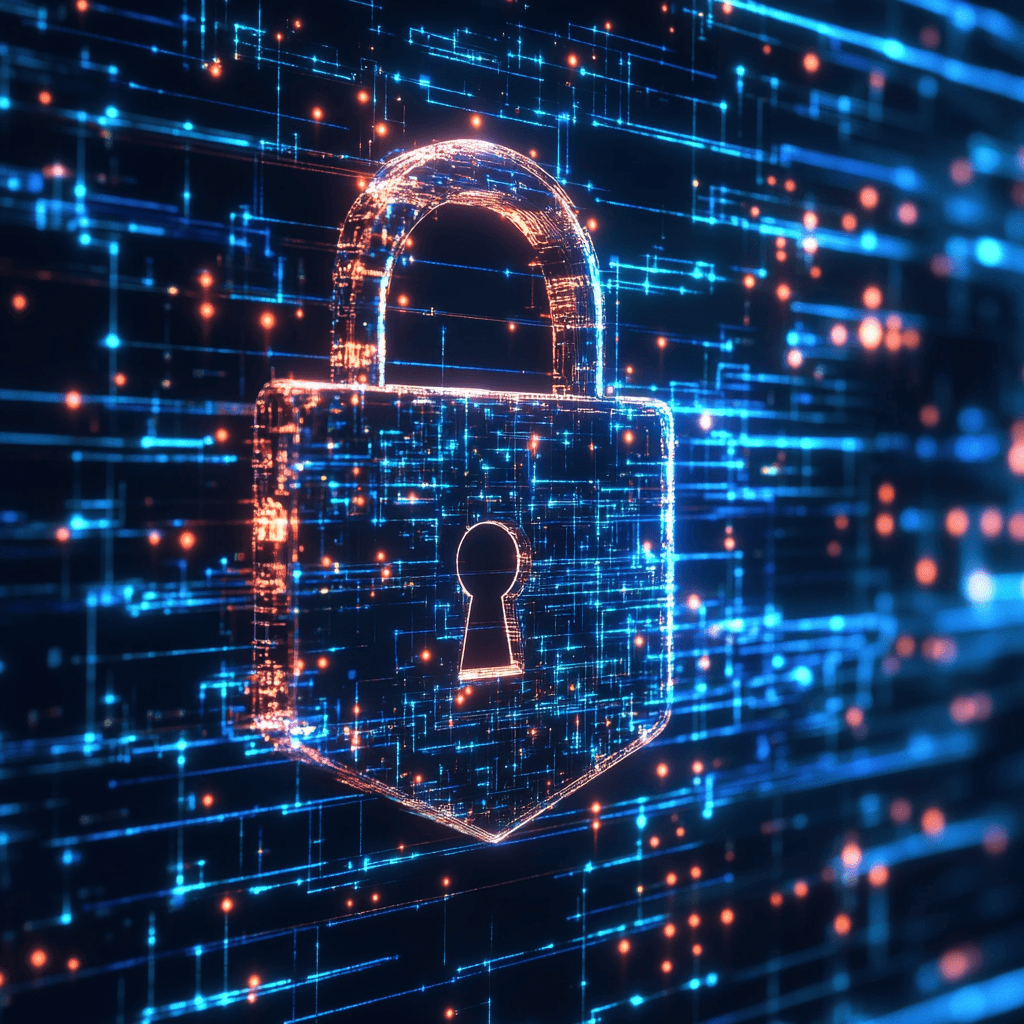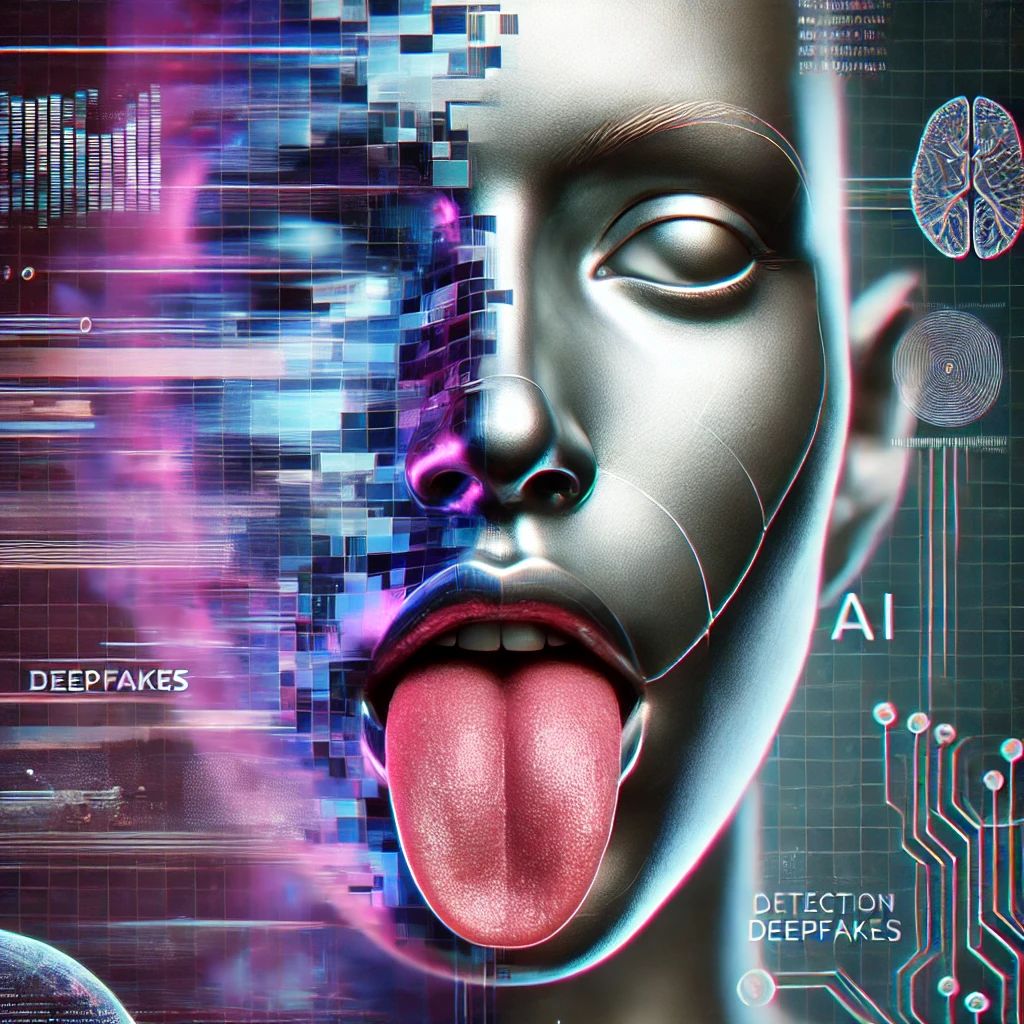AI - Curse or blessing for IT security?

Share the blog with others
AI: Curse and Blessing for Cyber Security
Artificial Intelligence (AI) is already far ahead in many areas of life. However, it can be both a curse and a blessing in IT security. On the one hand, AI offers numerous opportunities to enhance the effectiveness of security measures, as IT experts can improve their consulting and service offerings and develop new protection methods with AI tools and software. These technologies allow for more precise and comprehensive security strategies. Technologies help in defending against cyber attacks. They assist in recognizing anomalies and identifying patterns.
On the other hand, AI increasingly poses a challenge, particularly because it opens new avenues for hackers. Cybercriminals use AI to collect, analyze, and derive valuable insights from data more efficiently. The ability to quickly and accurately assess large amounts of data makes it easier for hackers to identify and exploit weaknesses. This development forces IT security professionals to continuously update and adapt their protective mechanisms to stay one step ahead of attackers. Even today, for example, AI can formulate deceptively realistic phishing emails or program code for malware.
Always Stay One Step Ahead of Criminals
The question of whether technology is a curse or a blessing is difficult to answer. To keep pace with threats, it is therefore essential for IT security to use AI as intensively as potential attackers. Only through the use of advanced AI technologies in cybersecurity can security professionals understand how attackers use AI and what options are available to them. This understanding is crucial for developing effective countermeasures and automating systems to counter potential attacks. AI thus compels the industry to continuously evolve and integrate the latest technologies. This requires not only technological adjustments but also a rethink in the approach to security strategies.
The Federal Office for Information Security is also keeping an eye on the topic of AI and IT security. Topics such as
· How can AI systems be attacked?
· Which AI systems can improve IT security?
· What new threats arise from AI methods?
are at the center of research. The EU has also been dealing with AI for a long time. The European Parliament has now passed a law that, among other things, includes a ban on AI systems with very high risks.
Cybercriminals Use the Same Mechanisms
Thanks to AI, it is now possible to detect and repel cyber attacks more quickly. However, cybercriminals use the same mechanisms to identify weaknesses. Algorithms that are intended to protect companies are exploited by hackers to bypass security measures. Particularly, the identity and access management of many IT infrastructures are at risk here. If the security measures are insufficient, attackers can gain access to sensitive data through weaknesses in systems.
Using technologies like Machine Learning (ML) and Deep Learning, hackers can launch attacks that are difficult to detect. They train AI models using machine learning to break through existing security measures. In addition, there are numerous other ways that cybercriminals exploit.
This includes Deep Fakes and automated phishing. With generative AI, Deep Fakes can now be created that are hardly recognizable as fakes. This no longer only involves images but also videos or audio content. This way, identities can be forged or people can be manipulated deliberately.
AI Eases Phishing Fraud Schemes
Phishing has also evolved. We all still remember the emails that circulated a few years ago, in which hackers convincingly replicated, for example, the websites and email layouts of banks. Many people were thus misled into entering their banking information on a fake website. This subsequently ended up not with their bank but in the hands of criminals.
Today, AI-assisted Spear Phishing is used, among other things. In this attack, hackers send personalized messages directly to individuals or organizations. While earlier phishing attacks targeted many people, hackers can now specifically target individuals. They use information that makes emails appear more credible.
Using GPTs for Criminal Activities
Large Language Models (LLMs), such as those used in ChatGPT, are language models that assist in text generation. However, they can also create malicious codes or further develop existing malware, allowing them to bypass detection systems. Particularly dangerous is that even attackers with relatively low technical knowledge can launch cyber attacks. The threat increases, as the attacks can be conducted more quickly and purposefully.
Theoretically, even with ChatGPT, the groundwork for an attack can be laid. The AI is actually programmed not to provide illegal answers, but with some skill in the prompts, this may be possible to bypass. In the Darknet, there are some GPTs that have been specifically trained for criminal purposes and can, for example, be used for phishing emails.
In IT security, LLMs are used in so-called Incident Response Tools to detect cyber threats. If errors occur here, there is a danger of overlooking security incidents and relevant information. As a result, important data for a complete assessment of threats is missing, leading to potential security gaps.
Manipulating AI Training Data
We also see Data Poisoning, which translates to "poisoned data". This involves injecting harmful or manipulated data into the training sets of AI models, which harms the accuracy and reliability of the model. Particularly in security-relevant areas, this poses a significant danger. The AI models may overlook threats or tend to overestimate trivial risks.
Generative AI can create synthetic identities that consist of stolen, fabricated, and real data. With these identities, criminals have an easy time executing specific fraud schemes. They can deceive identity verifications or carry out unauthorized transfers. It is often not easy to see through the fraud, as there are often only minor differences compared to real profiles.
Chatbots, chat-based interfaces, and AI agents also pose risks. These technologies can, for example, make reservations or are used on websites in customer support. However, these technologies can also be abused in other ways or even make decisions that ultimately lead to a security breach or a data protection problem.
Improving Protective Measures with AI
AI can also be used to develop effective, proactive protective measures against cyber attacks. There are now software solutions that help to detect and close potential security gaps or anomalies in real time. Additionally, artificial intelligence can still assist when the attack has already occurred.
Automatic intervention is nothing new. In Incident Response, so-called Playbooks intervene. This software is programmed to know which IT security measures need to be activated for which attack. AI can also help to further improve this software and minimize potential attack points. AI-supported software therefore helps to detect anomalies and alert about suspicious activities early.
In the future, strong AI will completely change the way information security works, as the technology can perform many work steps much more precisely than a human. Detecting attacks will be faster and intervening will also be easier. AI will take over much work even in programming.
Nevertheless, humans will still be needed! In the future, the task of IT staff will be much more focused on taking over control mechanisms. This can help automation uncover security gaps and increase efficiency in cybersecurity. Without human intelligence, protection against cyber attacks will not succeed. Therefore, effective collaboration between humans and machines will remain relevant in the field of cybersecurity.
Recognizing Weaknesses More Quickly
AI makes it much easier for cybercriminals to bypass security gaps and implement fraud schemes. Therefore, it is all the more important to recognize and close weaknesses. The application of AI will play an indispensable role in IT security in the future, and the successful integration of AI into security concepts can significantly enhance protection against cyber attacks. At the same time, however, it is essential to remain vigilant and continuously monitor developments in AI technology as well as in cybercrime to meet the constantly evolving threats.
The use of AI can thus develop into a blessing for IT security in the future, as AI offers some opportunities for cyber defense. With AI, you can better protect your IT systems.
We at SecTepe are here to help. Contact us now!








